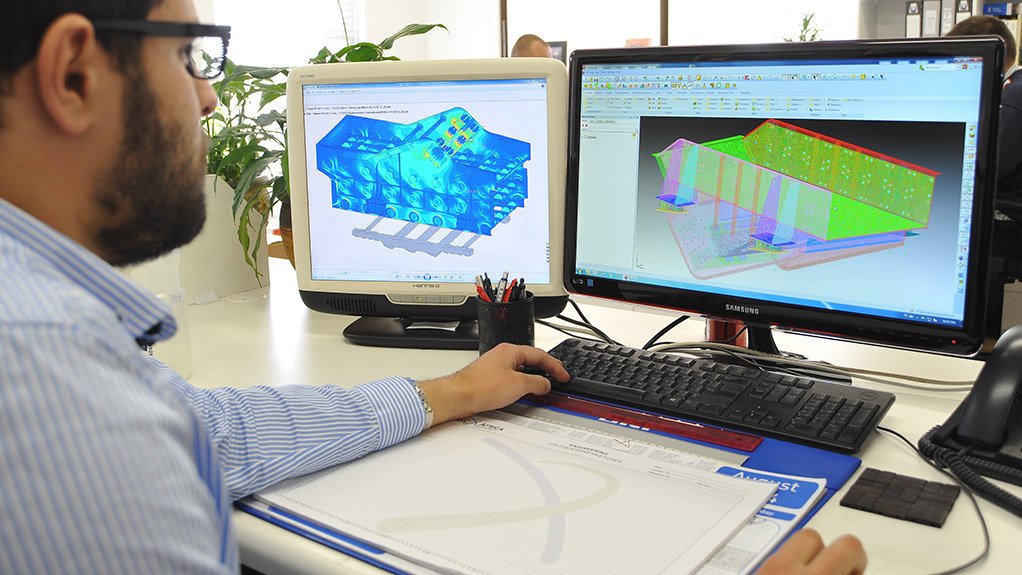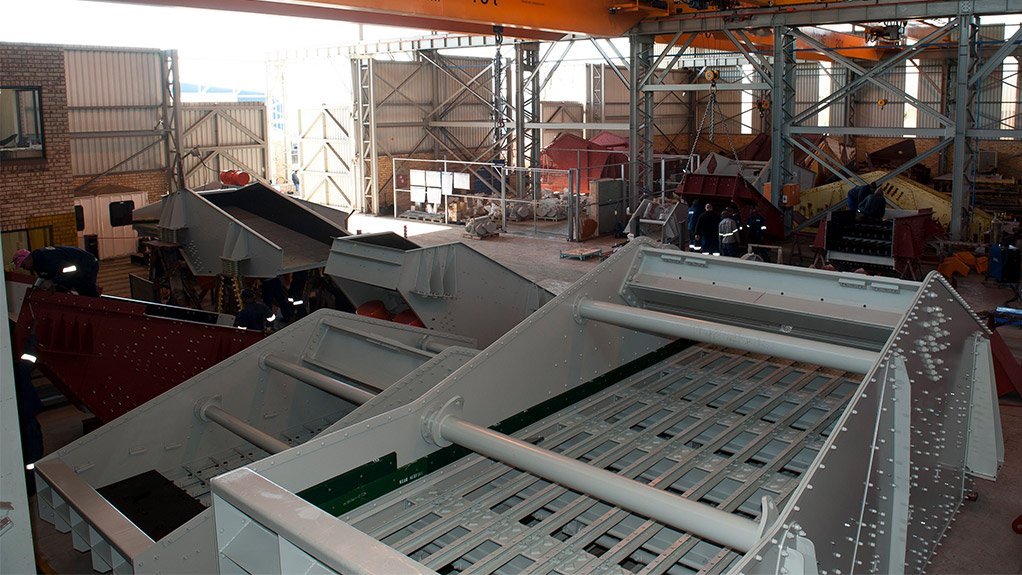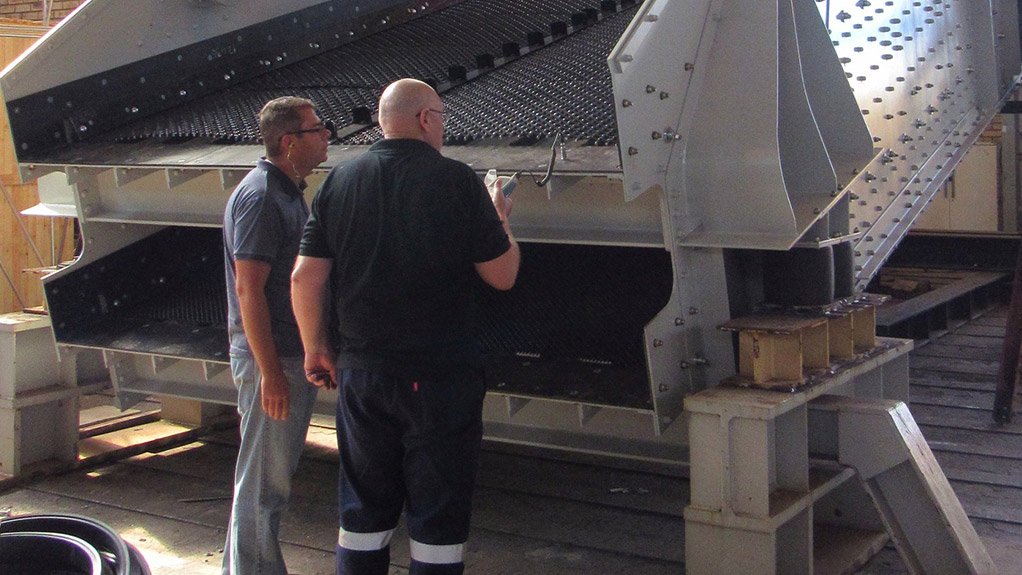- OEM (0.02 MB)
/ MEDIA STATEMENT / This content is not written by Creamer Media, but is a supplied media statement.
Collaboration between the original equipment manufacturer (OEM) of vibratory screens and the screen media supplier is a key to ensuring the lowest possible cost of ownership while continuously meeting tonnage throughput requirements.
According to Derrick Alston, executive director of vibratory screen OEM Kwatani, previously Joest, the company engineers screening machines for a certain weight and performance of screen panel.
“We then test the screen extensively in our modern workshop facilities to ensure that the screen panels specified by the customer will deliver certain throughputs and end-products for that application,” says Alston. “When screens are later changed, they still need to be carefully integrated with the structural and mechanical features of the screening machine.”
Kwatani custom engineers and manufactures vibrating equipment for all feeding and screening requirements, from smaller machines of less than a tonne to 50 tonne machines with throughputs of up to7 000 tonnes per hour.
Kenny Mayhew-Ridgers, Kwatani’s chief operations officer, says that once the machine is operating in the field, there are instances where panels are fitted that add substantial extra weight to the screen.
“We sometimes find that the screening panels on our operating machines substantially exceed the weight of what the machine was initially designed to take,” says Mayhew-Ridgers. “This extra weight can change the dynamics and the centre of gravity of the screen so that for example, it is no longer aligned with the exciter drive. This can cause damage to the machine and even the building if not quickly identified and resolved.”
Alston highlights the importance of keeping OEMs ‘in the loop’ when changing panel types, so that the fitting of new types of panel does not have unintended impacts that could be detrimental to the machine’s life-span or performance.
“With our depth of expertise, we can advise from a mechanical point of view on areas where problems could arise,” he says. “We aim to cooperate with other stakeholders wherever possible, and have worked closely with end-users and panel suppliers to find optimal solutions.”
Kwatani’s qualified and experienced in-house design and technology teams undertake custom designs to customers’ specific application and processing requirements. These designs are supported by finite element analysis (FEA) modelling competency, a sophisticated test laboratory, and years of research and development.
Edited by: Creamer Media Reporter
EMAIL THIS ARTICLE SAVE THIS ARTICLE
ARTICLE ENQUIRY
To subscribe email subscriptions@creamermedia.co.za or click here
To advertise email advertising@creamermedia.co.za or click here

















